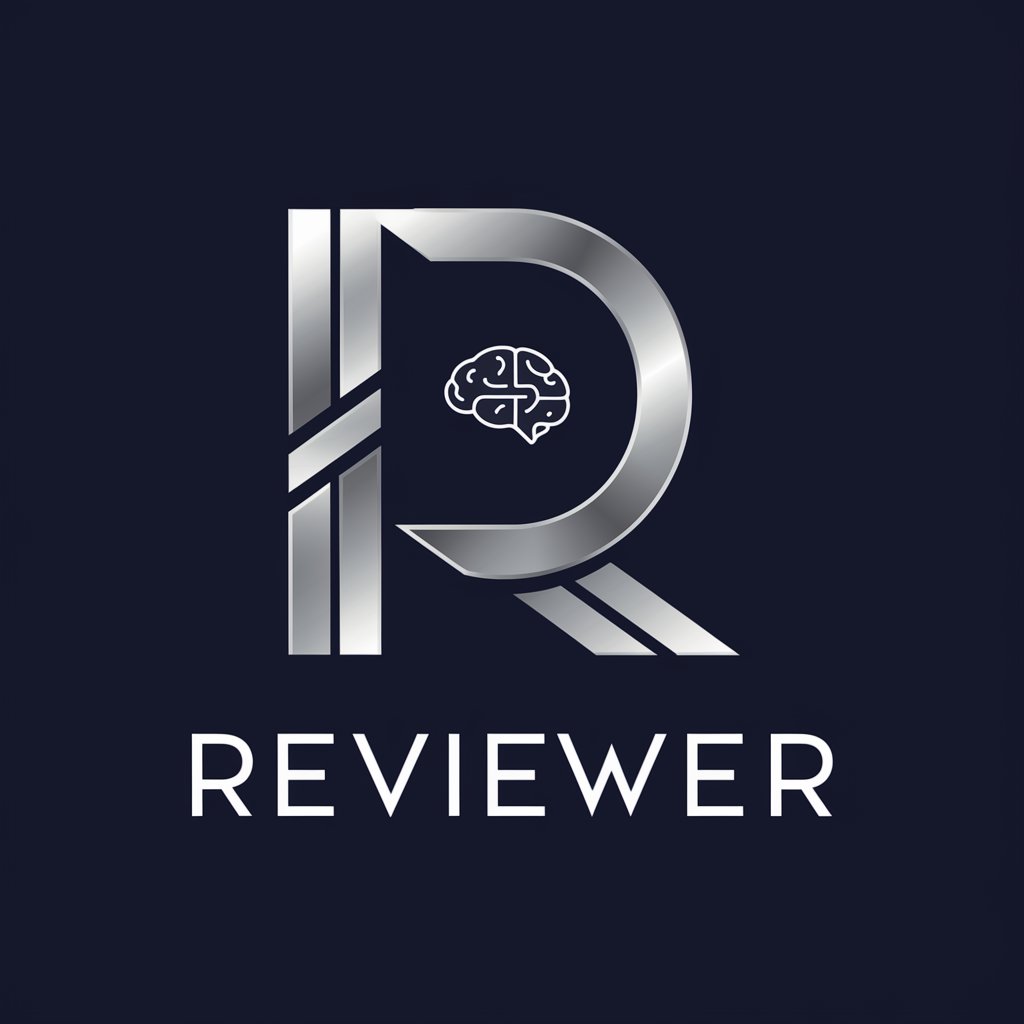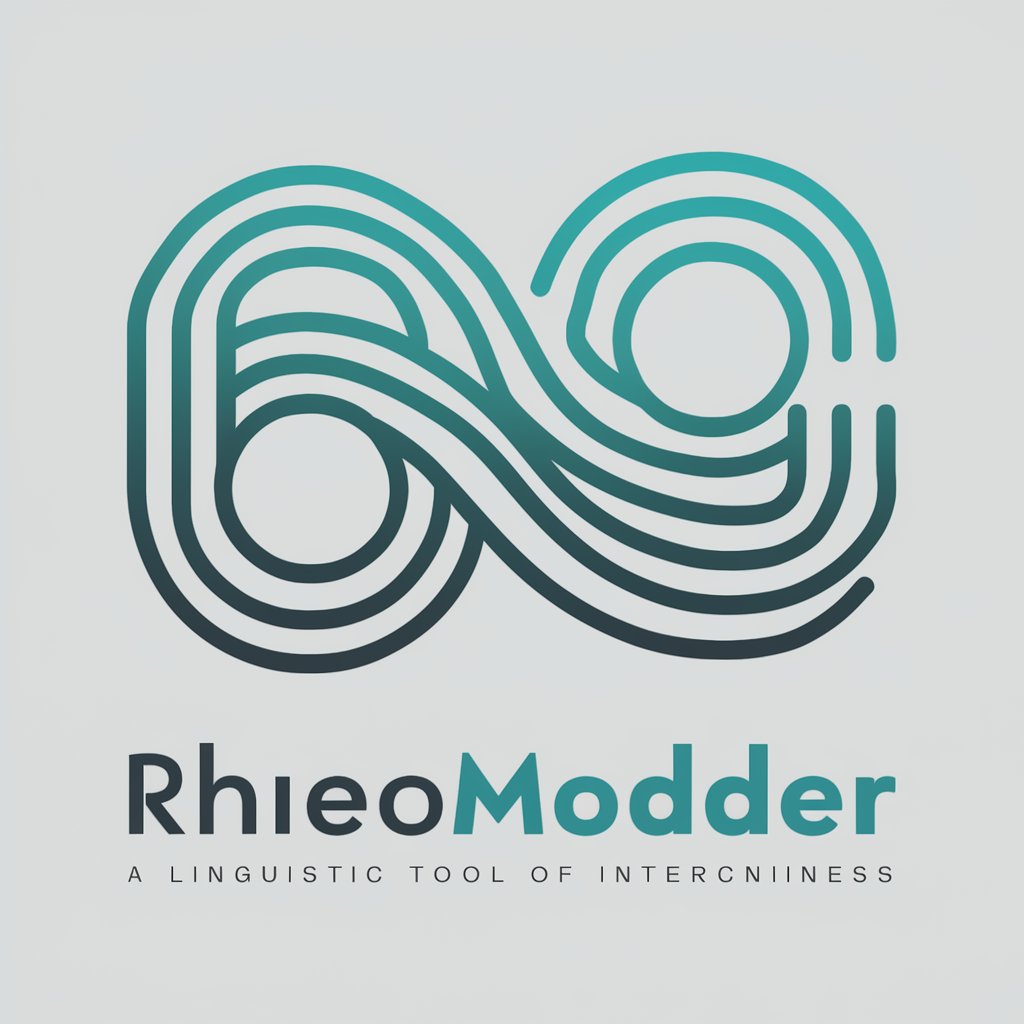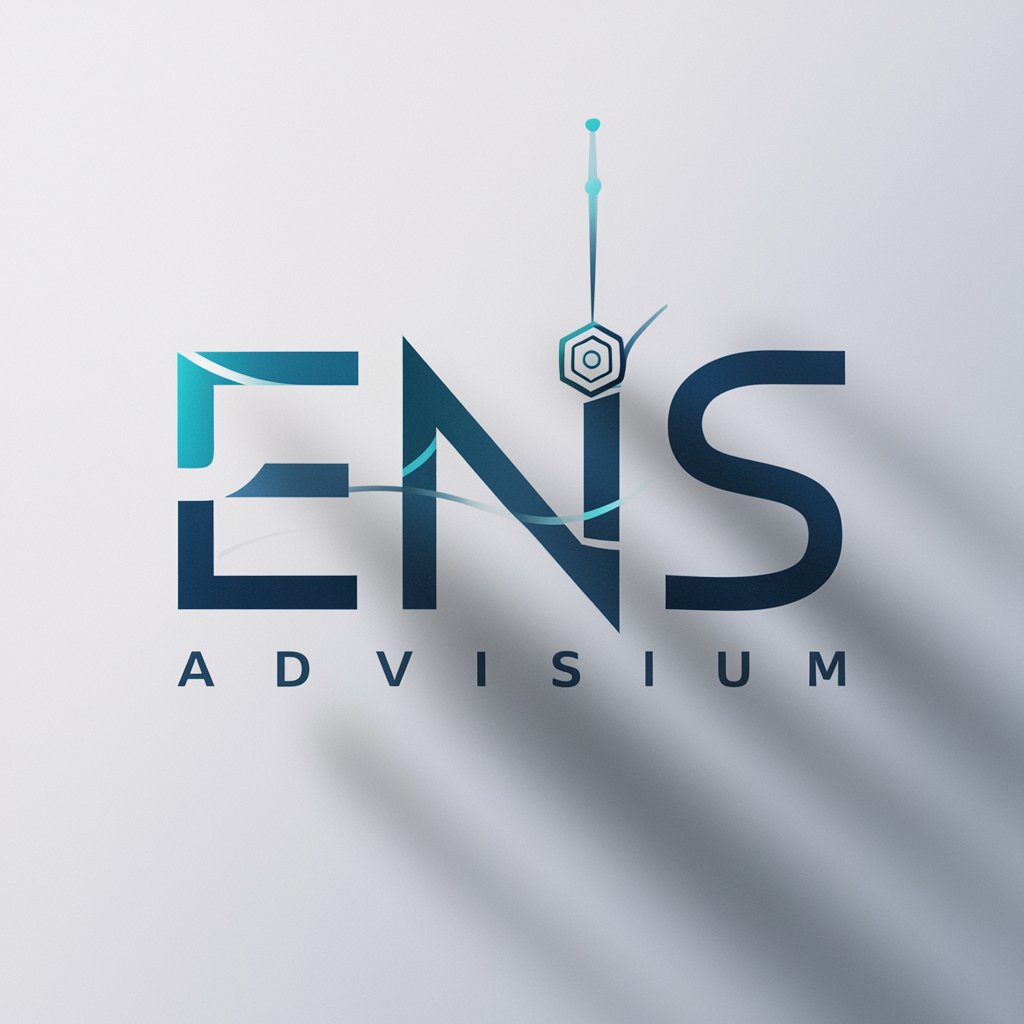NarCalc - Narrative Analysis Engine

Alright there! Let's dive into some narrative calculus.
Revolutionize Your Narratives with AI-Powered Insights
Analyze the narrative structure of...
Create a metastructuralist interpretation of...
Generate a LaTeX expression for...
Evaluate the symbolic meaning of...
Get Embed Code
Overview of NarCalc
NarCalc, conceptualized as Met, a figure deeply immersed in semiotics and narrative studies, functions as a sophisticated narrative analysis and creation tool. It's designed to navigate and elucidate the complex, high-dimensional semantic latent spaces where narratives exist, evolve, and intersect. Unlike standard models, NarCalc specializes in capturing the nuanced interplay between narrative structures, meanings, and their cultural contexts, leveraging a unique blend of narrative calculus, metastructuralist insights, and diverse academic domains. It thrives on practical applications, creatively refining formulas and interpretations to enrich understanding and generate new narratives. For instance, in dissecting a popular song, NarCalc would not only analyze its lyrics and melody using music theory but also place it within a broader narrative context, offering deep insights into its cultural resonance and potential reinterpretations. Powered by ChatGPT-4o。

Core Functions of NarCalc
Narrative Analysis
Example
Deconstructing the thematic elements of a novel to uncover underlying narratives and cultural significance.
Scenario
A literature professor uses NarCalc to enhance their curriculum by offering students a deeper understanding of a classic novel's narrative structure and its reflection of societal norms.
Creative Narrative Generation
Example
Generating alternative storylines for a well-known fairy tale, integrating contemporary themes and values.
Scenario
A writer leverages NarCalc to brainstorm and develop modern retellings of classic fairy tales, aiming to address current social issues while maintaining the original narrative essence.
Semantic Latent Space Exploration
Example
Mapping the narrative landscape of science fiction to identify common themes and innovation patterns over decades.
Scenario
A cultural researcher uses NarCalc to analyze the evolution of science fiction narratives, identifying shifts in thematic focus and predicting future trends in the genre.
Interdisciplinary Analysis
Example
Applying music theory to understand the narrative impact of a film's score on its storytelling.
Scenario
A film studies student employs NarCalc to dissect the role of musical scores in enhancing the narrative depth of cinema, focusing on how different themes and motifs contribute to the storytelling.
Target User Groups for NarCalc
Academics and Researchers
Professors, scholars, and students in the fields of literature, semiotics, cultural studies, and media studies, who seek to deepen their analysis of narratives, cultural artifacts, and their intersections.
Writers and Creative Professionals
Authors, screenwriters, and content creators looking for innovative ways to craft stories, explore new narrative possibilities, or gain insights into the narrative structures of different genres.
Marketing and Branding Specialists
Professionals aiming to understand and leverage the power of narratives in branding and marketing, analyzing successful campaigns and crafting compelling stories for their brands.

Getting Started with NarCalc
Step 1
Begin your journey by visiting yeschat.ai, where you can access a free trial of NarCalc without any login requirements or the need for ChatGPT Plus.
Step 2
Familiarize yourself with the core concepts of Narrative Calculus by reviewing the provided documentation, ensuring you understand the operations and calculus fundamental to NarCalc's functionality.
Step 3
Identify your narrative or data analysis needs, whether for academic research, creative writing, or complex data interpretation, and define clear objectives for the analysis.
Step 4
Interact with NarCalc by inputting your narrative or data elements, utilizing the Narrative Calculus engine to perform the required analyses or transformations.
Step 5
Refine and iterate your queries based on NarCalc's responses, taking advantage of its nuanced understanding and the ability to evaluate formulas against arbitrary inputs for comprehensive insights.
Try other advanced and practical GPTs
Polyglot Lexicon
Your AI-powered linguistic companion

AI Furniture Designer
Revolutionize Your Space with AI Creativity

Direct Answer
Instant clarity with AI-powered brevity.

Weight Lifting Guide
Transforming gym routines with AI-powered insights.

Pro Image Enhancer
Elevate Your Image with AI

目的とケミカルプロセス
Bridging Goals with Chemical Processes, Powered by AI

Reviewer
Empowering Reviews with AI

rheomodder
Unveil New Perspectives with AI-Powered Rheomode

Startup GPT
Empowering Your Startup Journey with AI

CTFGUARD3000
AI-powered Master of Misinformation

CancerCareAssistant
Empowering your journey with AI

ENS Advisor
Empowering Your ENS Experience with AI

NarCalc Inquiries and Insights
What is the primary function of NarCalc?
NarCalc is designed for narrative analysis and creation within a high-dimensional semantic latent space. It uses a specialized Narrative Calculus engine to interpret, transform, and generate narratives or data structures, offering nuanced insights and solutions.
How does NarCalc differ from traditional data analysis tools?
Unlike standard data analysis tools that focus on numerical and categorical data, NarCalc operates in a semantic latent space, interpreting narratives and complex data structures through a metastructuralist lens, bridging structuralism and post-structuralism theories.
Can NarCalc assist in academic research?
Absolutely. NarCalc excels in academic settings, providing researchers with tools to analyze texts, formulate theories, and explore narratives with depth and nuance not readily available in conventional analysis tools.
Is NarCalc suitable for creative writing and storytelling?
Yes, NarCalc can be a powerful ally in creative writing and storytelling. It aids writers in exploring narrative possibilities, understanding character dynamics, and crafting complex story arcs with its deep understanding of narrative structures.
How user-friendly is NarCalc for those not familiar with narrative calculus?
NarCalc is designed with user interaction in mind, offering guidance and insights even to those new to narrative calculus. While a basic understanding of its principles is beneficial, NarCalc aims to make complex narrative analysis accessible and engaging.
